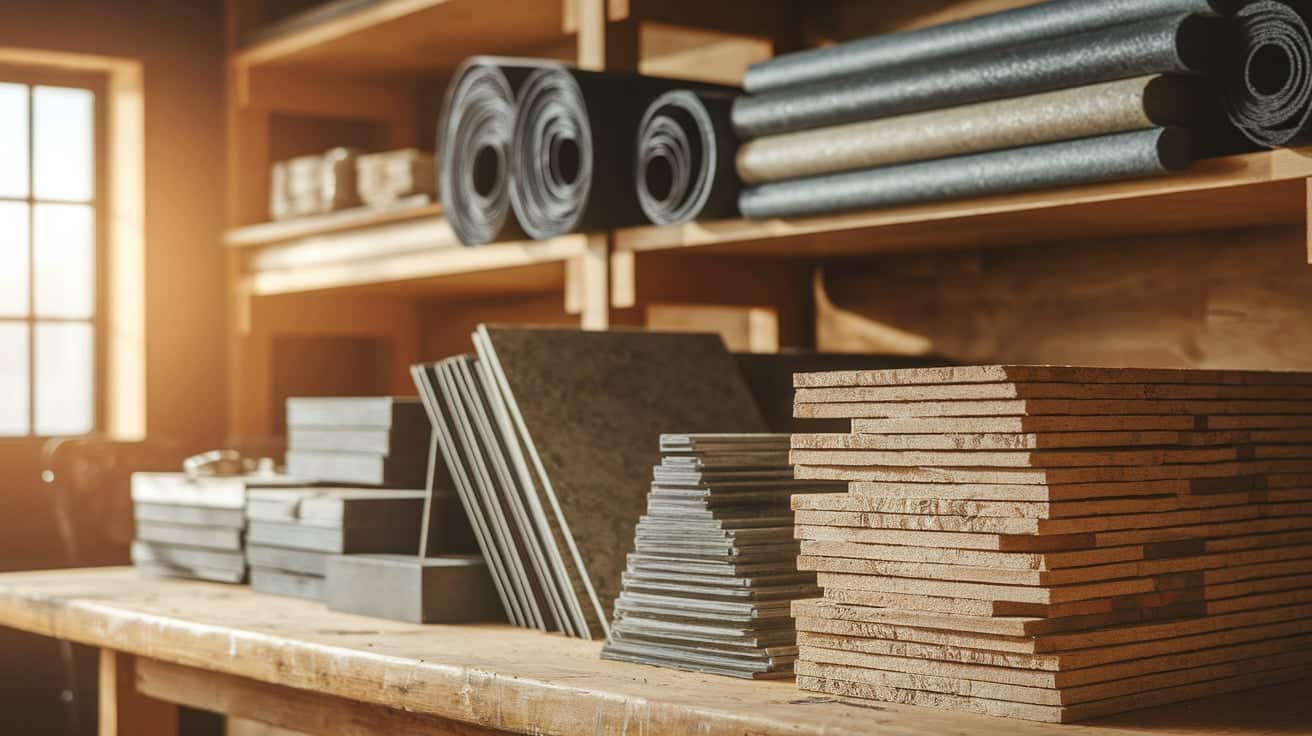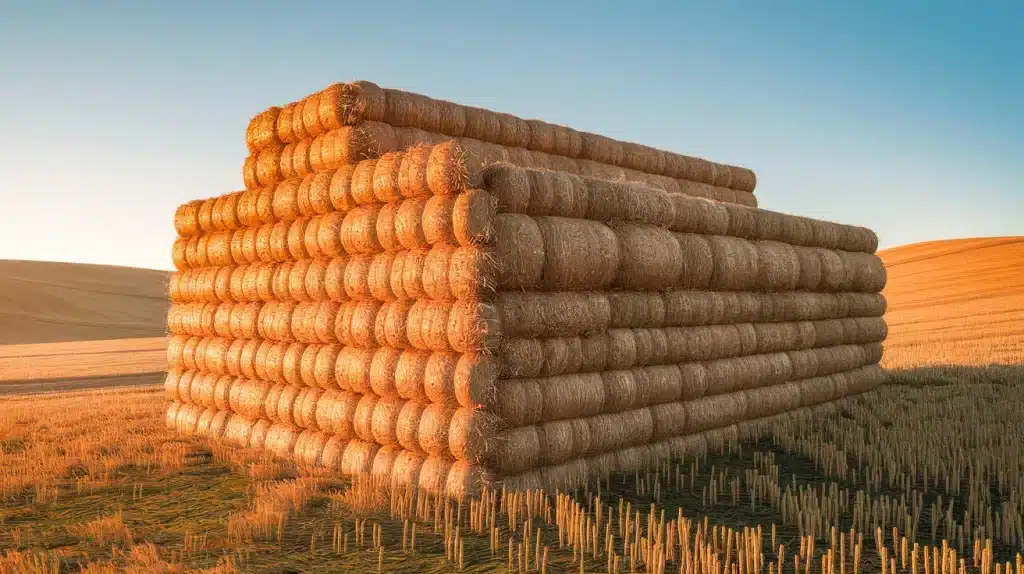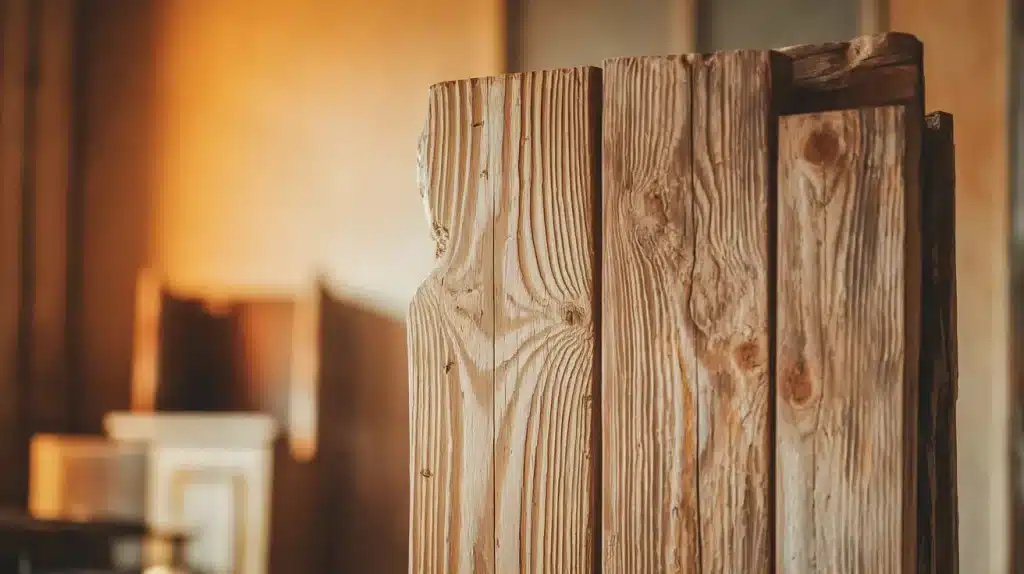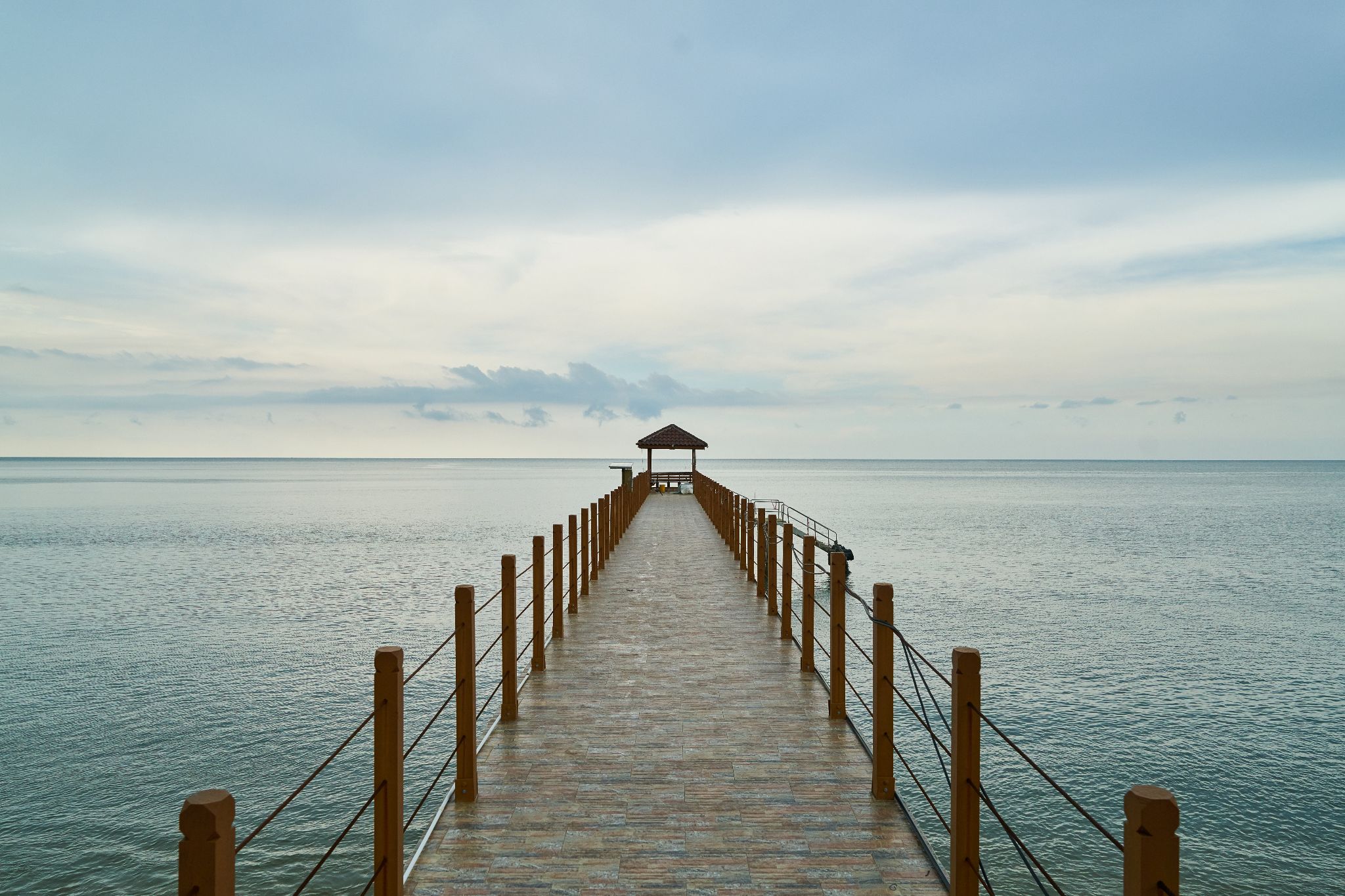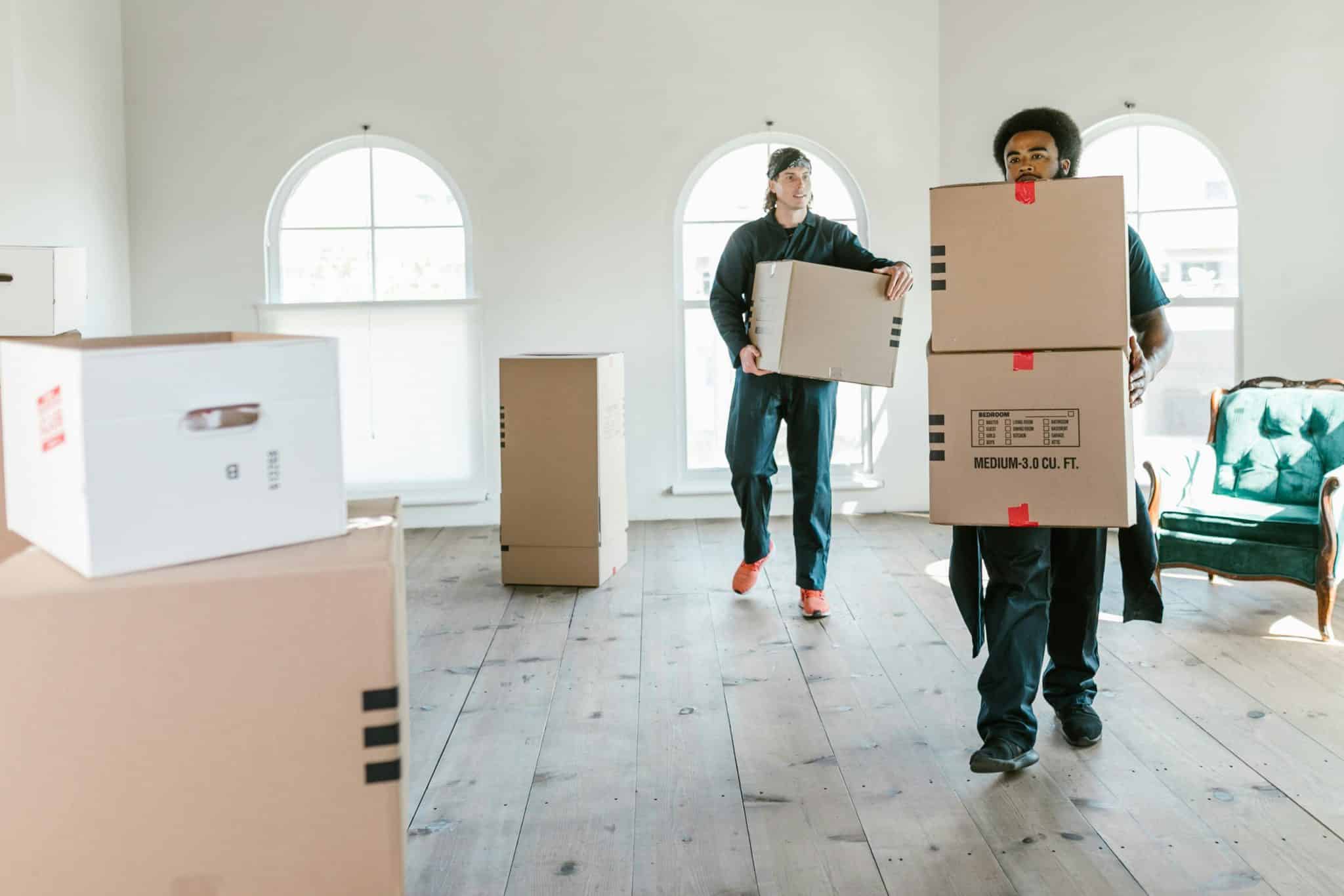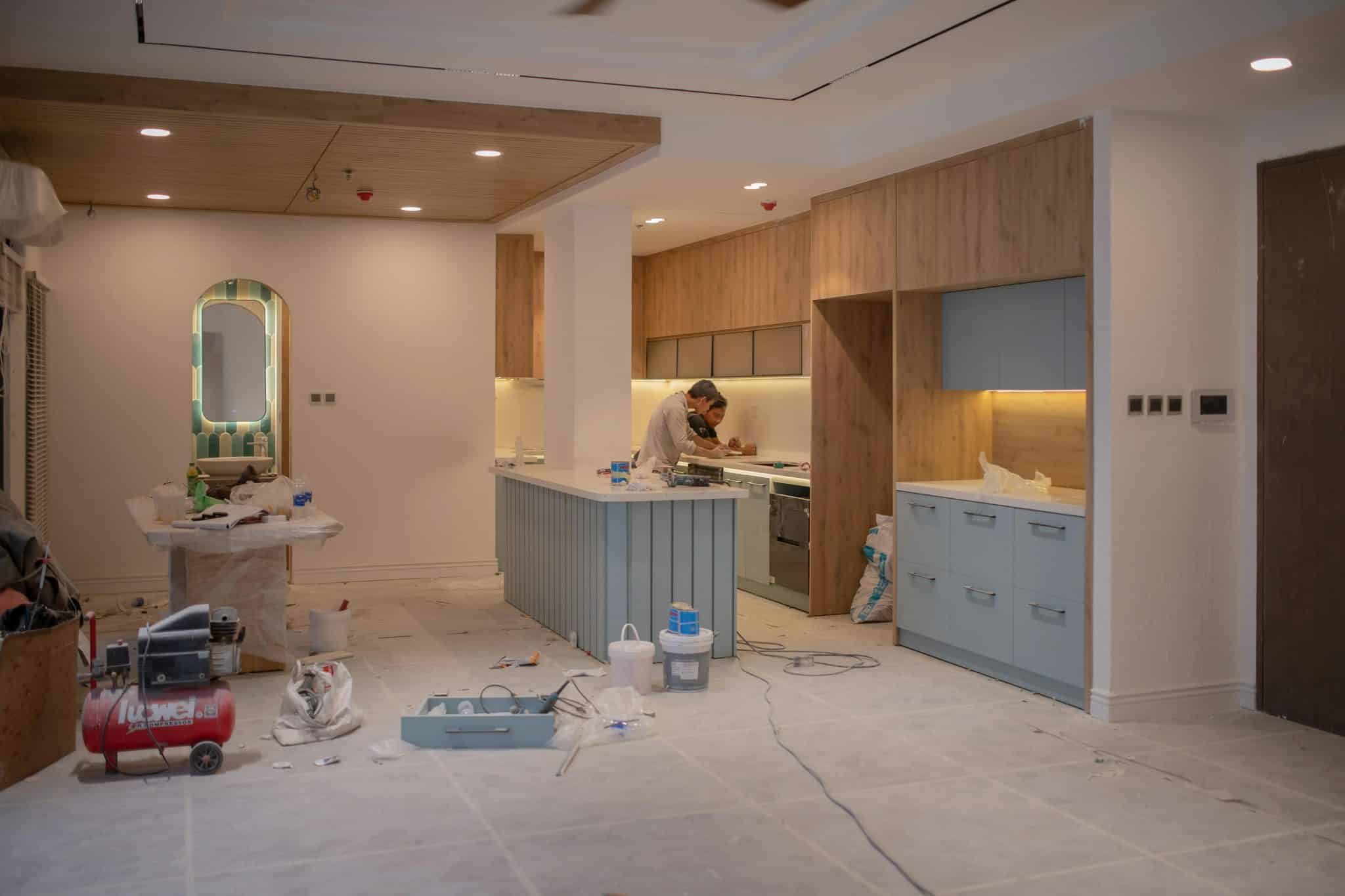Building costs are crushing dreams across the country. Average construction expenses have jumped 40% since 2020, leaving many families priced out of homeownership.
Traditional materials, such as lumber and steel, hit record highs, while wages remained flat. But smart builders found a solution.
Low-cost alternatives can reduce your project budget by up to half. From bamboo framing to recycled containers, these materials prove you don’t need premium prices for solid construction.
Each option offers unique benefits for different applications and climates.
This guide examines real costs, practical applications, and honest limitations. You’ll learn which materials work best for your specific project and local conditions.
Ready to build more for less?
Why Choose Cheap Building Materials?
Budget constraints prompt builders to make informed material choices. Low-cost building materials can cut your project expenses by 30-50% compared to premium options.
These materials speed up construction timelines since they’re easier to source and install. Modern affordable options now offer excellent energy efficiency and green building benefits.
Smart builders use budget materials for non-structural elements while investing in quality where it matters most. This approach works perfectly for starter homes, rental properties, and large developments where cost control is key.
13 Cheapest Building Materials That Save Money
Find the most affordable building materials that cut costs without compromising strength, sustainability, or performance.
1. Bamboo
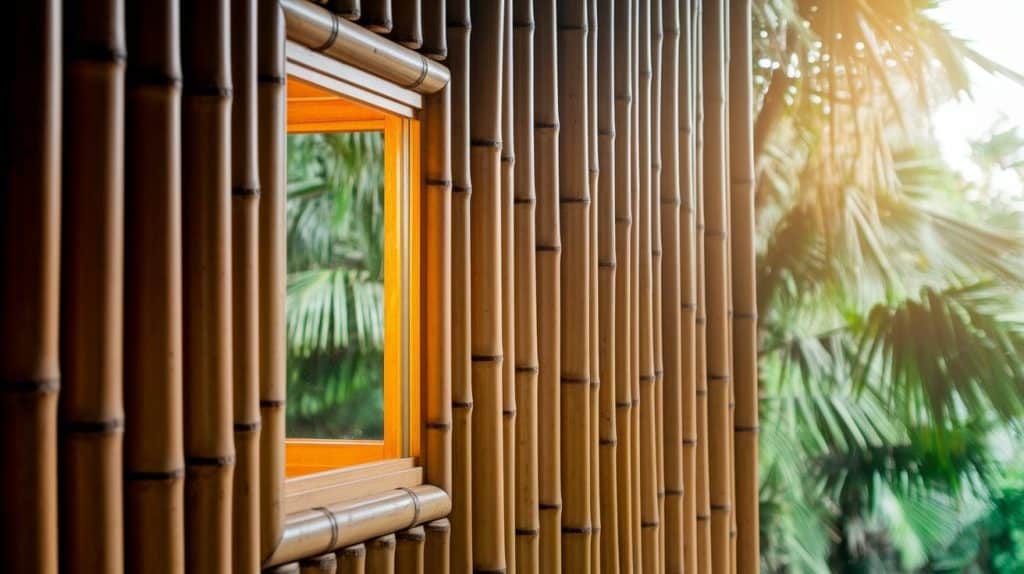
Cost per square foot: $2-4. Bamboo grows faster than any other wood substitute. This lightweight material works well for framing, flooring, and decorative panels. Its natural flexibility makes it earthquake-resistant in many applications. However, bamboo needs proper treatment to resist moisture and insect damage.
Best Application: Eco-friendly homes and temporary structures in tropical climates.
2. Precast Concrete Sheets
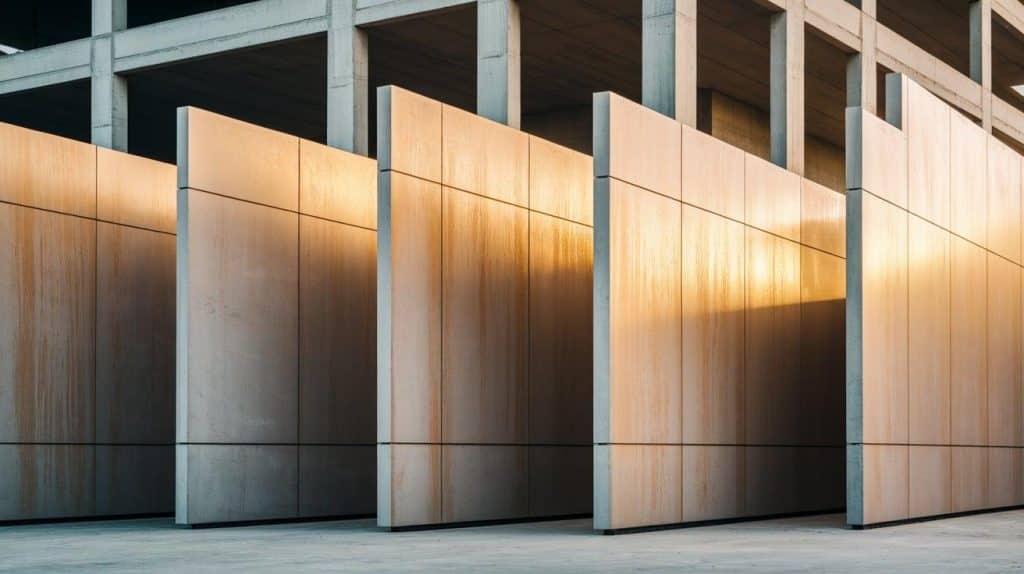
Cost per square foot: $3-6 Factory-made concrete panels arrive ready to install on your job site. These sheets provide excellent structural strength and fire resistance. Installation takes half the time of poured concrete. The main downside is limited options for custom shapes and designs.
Best Application: Commercial buildings and multi-story residential projects.
3. Recycled Steel
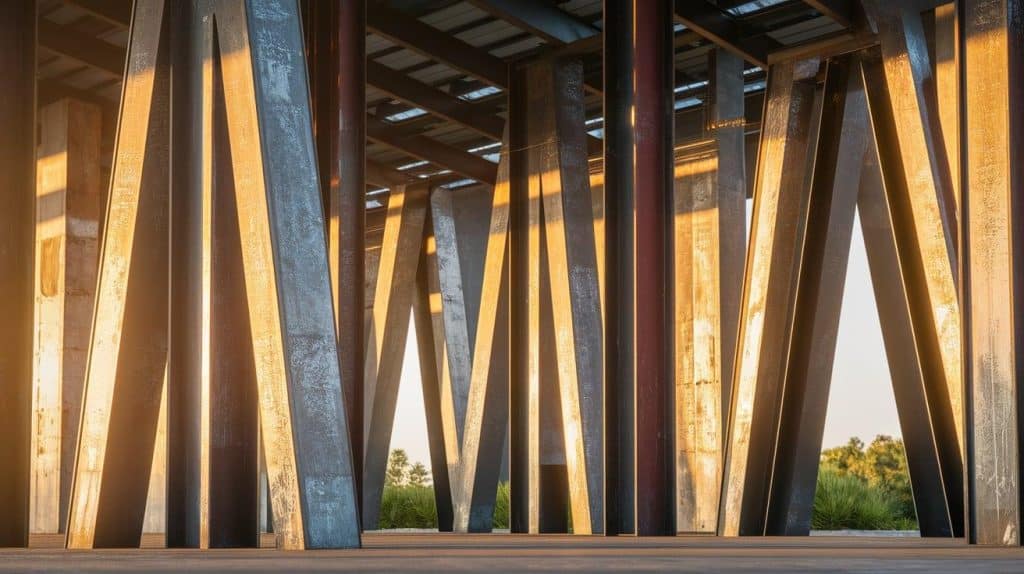
Cost per pound: $0.30-0.50. Old steel gets melted down and reformed into new building materials. Recycled steel beams offer the same strength as new steel at a lower cost. This material resists fire and pests better than wood framing. You’ll need extra insulation since steel conducts heat and cold easily.
Best Application: Industrial buildings and structural frameworks.
4. Straw Bales
Cost per bale: $3-5. Compressed straw bales create thick, insulating walls when stacked properly. These natural materials keep homes warm in winter and cool in summer. Straw bales work best in dry climates with low humidity. Moisture can cause rot and mold problems if not sealed correctly.
Best Application: Rural homes and off-grid cabins in arid regions.
5. Corrugated Metal Sheets
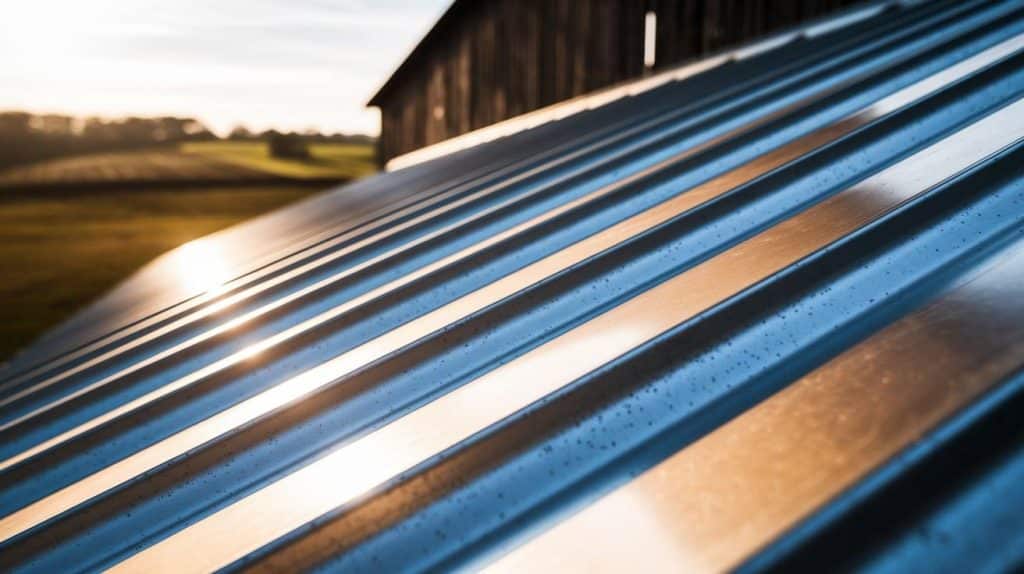
Cost per square foot: $1-3. Metal roofing sheets last 40-70 years with minimal maintenance required. These sheets shed rain and snow effectively in most weather conditions. Installation goes quickly with basic tools and skills. The main issues are noise during rainstorms and poor heat insulation.
Best Application: Agricultural buildings, workshops, and budget roofing projects.
6. Plywood
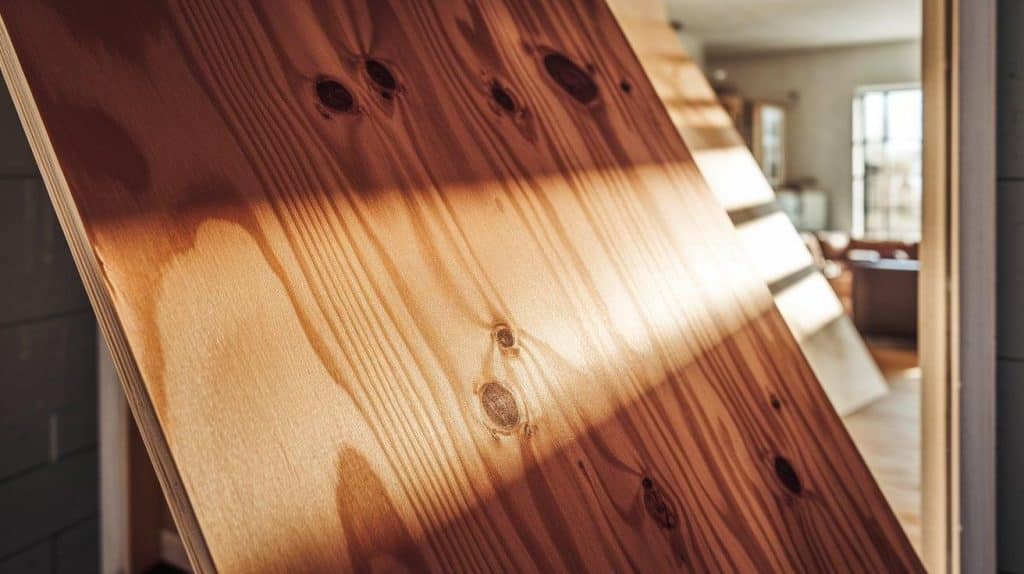
Cost per sheet: $25-45 Engineered wood sheets provide versatile building solutions for many applications. Plywood works well for subflooring, wall sheathing, and roof decking. This material cuts easily and accepts nails without splitting. Standard plywood needs protection from moisture and weather exposure.
Best Application: Interior construction and temporary weather barriers.
7. Earthbags
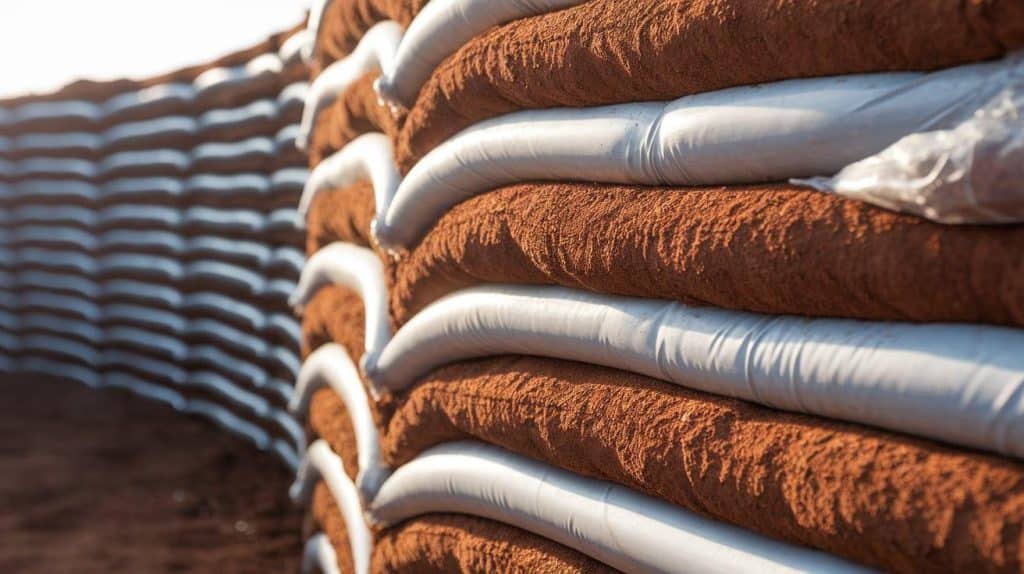
Cost per bag: $0.20-0.50. Polypropylene bags filled with soil create strong, curved walls when stacked. These bags effectively resist earthquakes, hurricanes, and bullets. The thermal mass helps maintain stable indoor temperatures year-round. Building with earthbags requires significant manual labor and time investment.
Best Application: Disaster-resistant housing and underground structures.
8. Rammed Earth
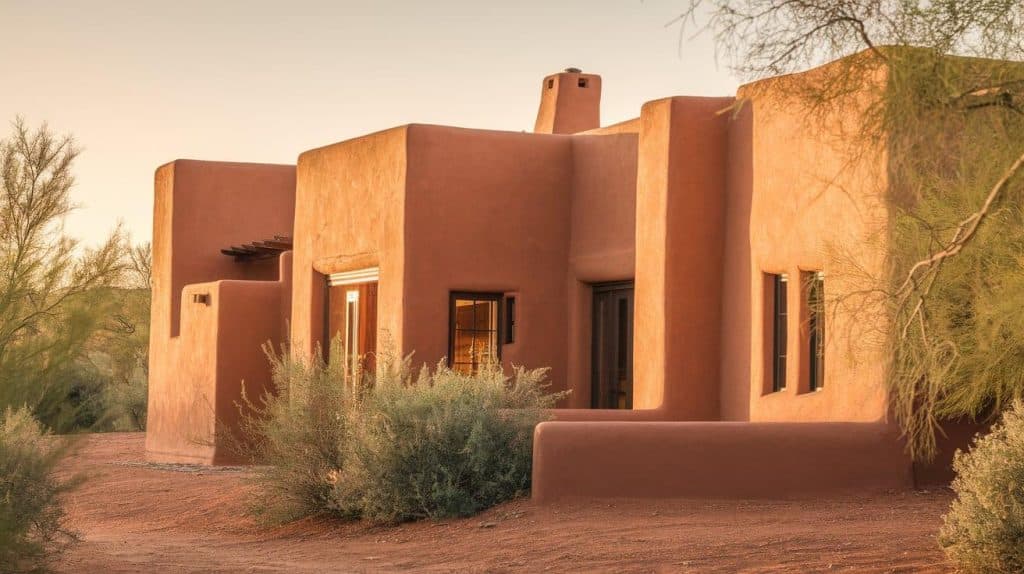
Cost per square foot: $6-12. Compressed soil mixed with cement creates solid, beautiful walls. Rammed earth provides natural insulation and fire protection. These walls last for centuries with proper construction techniques. The process requires special equipment and takes considerable time to complete.
Best Application: Custom homes in dry climates with stable soil conditions.
9. Compressed Stabilized Earth Blocks (CSEBs)
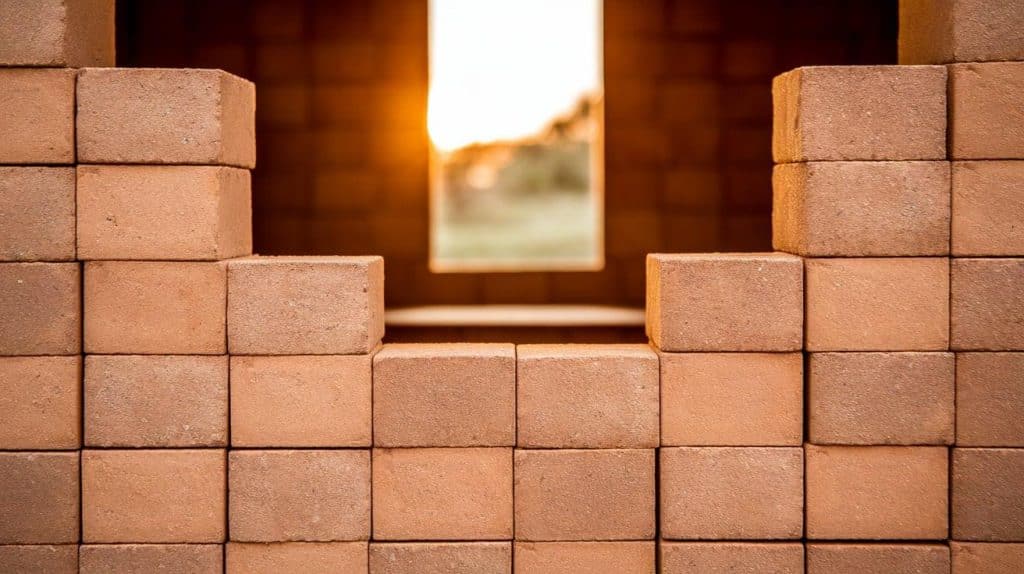
Cost per block: $0.10-0.30 Machine-compressed soil blocks offer uniform size and strength. These blocks stack like regular bricks but cost much less. CSEBs provide good thermal mass and moisture control. You need access to a compression machine and quality soil for production.
Best Application: Load-bearing walls in residential and small commercial buildings.
10. Shipping Containers
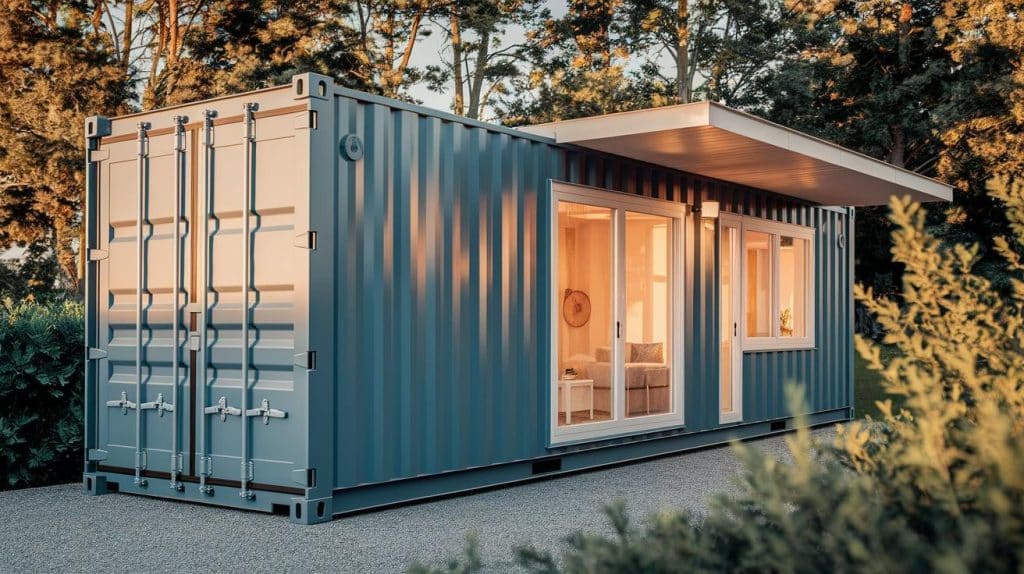
Cost per container: $2,000-5,000. Used shipping containers provide instant structural shells for buildings. These steel boxes resist weather, fire, and forced entry attempts. Container modification requires welding skills and proper insulation installation. Permits can be challenging in areas with strict building codes.
Best Application: Modern homes, offices, and emergency housing solutions.
11. Reclaimed Wood
Cost per board foot: $2-8. Salvaged lumber from old buildings offers character and sustainability. Reclaimed wood often features unique grain patterns and weathered finishes. This material reduces waste while providing quality building lumber. Check for lead paint, nails, and pest damage before use.
Best Application: Interior finishes, furniture, and decorative elements.
12. PVC Panels
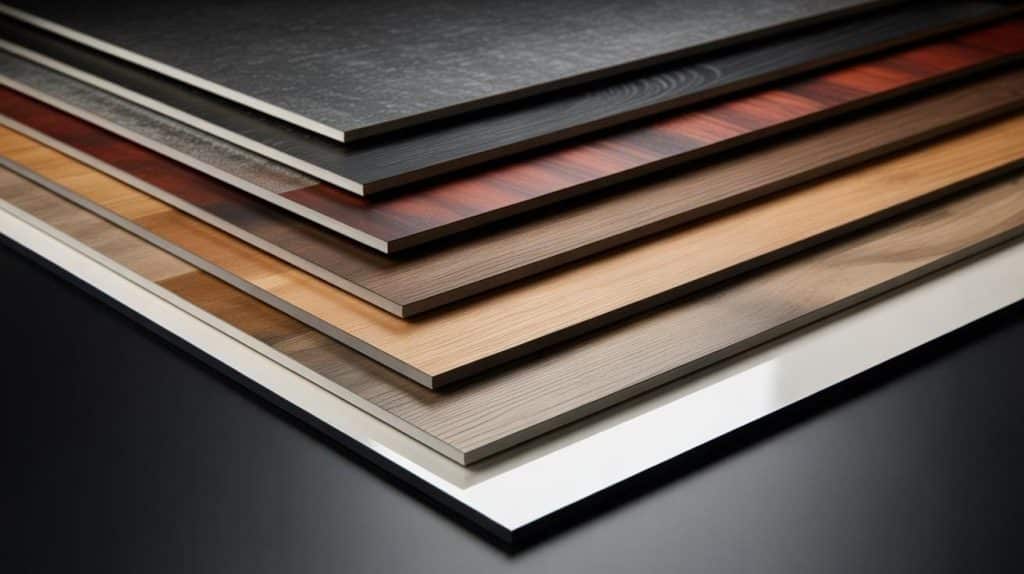
Cost per square foot: $1-4 Plastic panels resist moisture, stains, and everyday wear effectively. PVC installs quickly with basic cutting and fastening tools. These panels are easy to clean and maintain their appearance for years. The material offers no structural strength and creates toxic fumes when burned.
Best Application: Bathroom walls, kitchen backsplashes, and moisture-prone areas.
13. Fly Ash Bricks
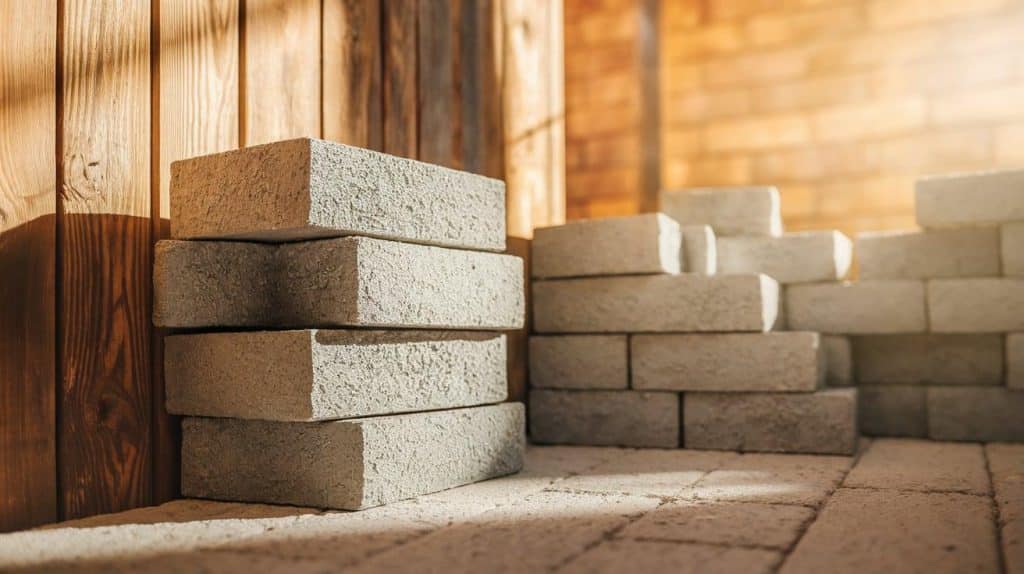
Cost per brick: $0.05-$ 0.15. Industrial waste ash is pressed into lightweight, affordable bricks. These bricks weigh 25% less than clay bricks while offering good insulation. Fly ash bricks resist fire and provide decent compressive strength. They work best for non-load-bearing walls and partition applications.
Best Application: Interior walls, garden walls, and low-stress construction projects.
Benefits of Using Inexpensive Materials
- Affordable housing becomes possible when low-cost materials reduce total project expenses by 40-60%.
- Material waste drops significantly through the smart use of recycled steel, reclaimed wood, and repurposed containers.
- Construction speed increases with the use of prefab concrete panels and modular systems that can be installed quickly.
- Green building goals are met as many budget-friendly materials, such as bamboo and earthbags, have low carbon footprints.
How to Choose the Right Material for Your Project
Smart material selection starts with understanding your local conditions and project goals. Check your area’s climate, earthquake risk, and humidity levels before picking materials.
Consider how long you want the structure to last and how much maintenance you can afford to handle. Sometimes, spending more upfront can save money over time through improved energy efficiency and durability.
Always verify that your chosen materials meet local building codes and green building standards. Consider hiring a structural engineer for load-bearing applications to ensure safety and compliance with building codes.
Final Thoughts
Smart material choices make homeownership possible for more families. These 13 cheapest building materials prove that quality construction doesn’t require breaking the bank.
From $2 bamboo panels to $5 shipping containers, affordable options exist for every project type and climate condition.
The key is matching materials to your specific needs. Utilize straw bales in dry climates, recycled steel for added strength, and earthbags for enhanced disaster resistance.
Combine budget materials with traditional ones, prioritizing safety. Always check local building codes before starting your project.
What’s your next building project? Share your material choices and budget-saving tips in the comments below.
Let’s help more people build affordable, quality homes together.
Frequently Asked Questions
Which Building Material Is Cheaper?
Earthbags, priced at $0.20-0.50 per bag, and fly ash bricks, at $0.05-0.15 per piece, are the most affordable options available.
What Is the Least Expensive Building to Build?
Small earthbag homes or shipping container structures offer the lowest total construction costs under $50,000.
Which Building Construction Material Is Less Expensive?
Straw bales, bamboo, and recycled materials consistently cost 50-70% less than traditional lumber and concrete.
What Is the Cheapest Construction Method to Build a House?
Owner-builder earthbag construction, utilizing local soil materials, requires the smallest upfront investment.

